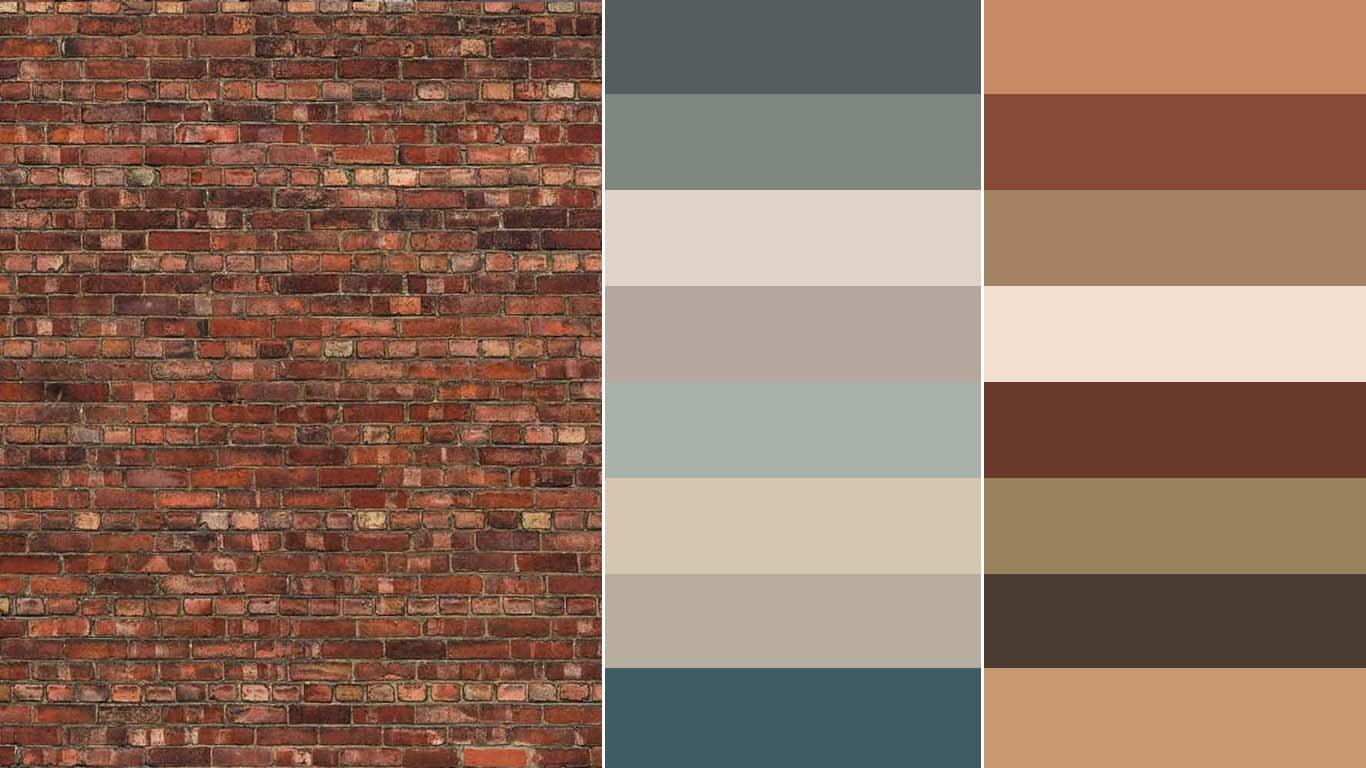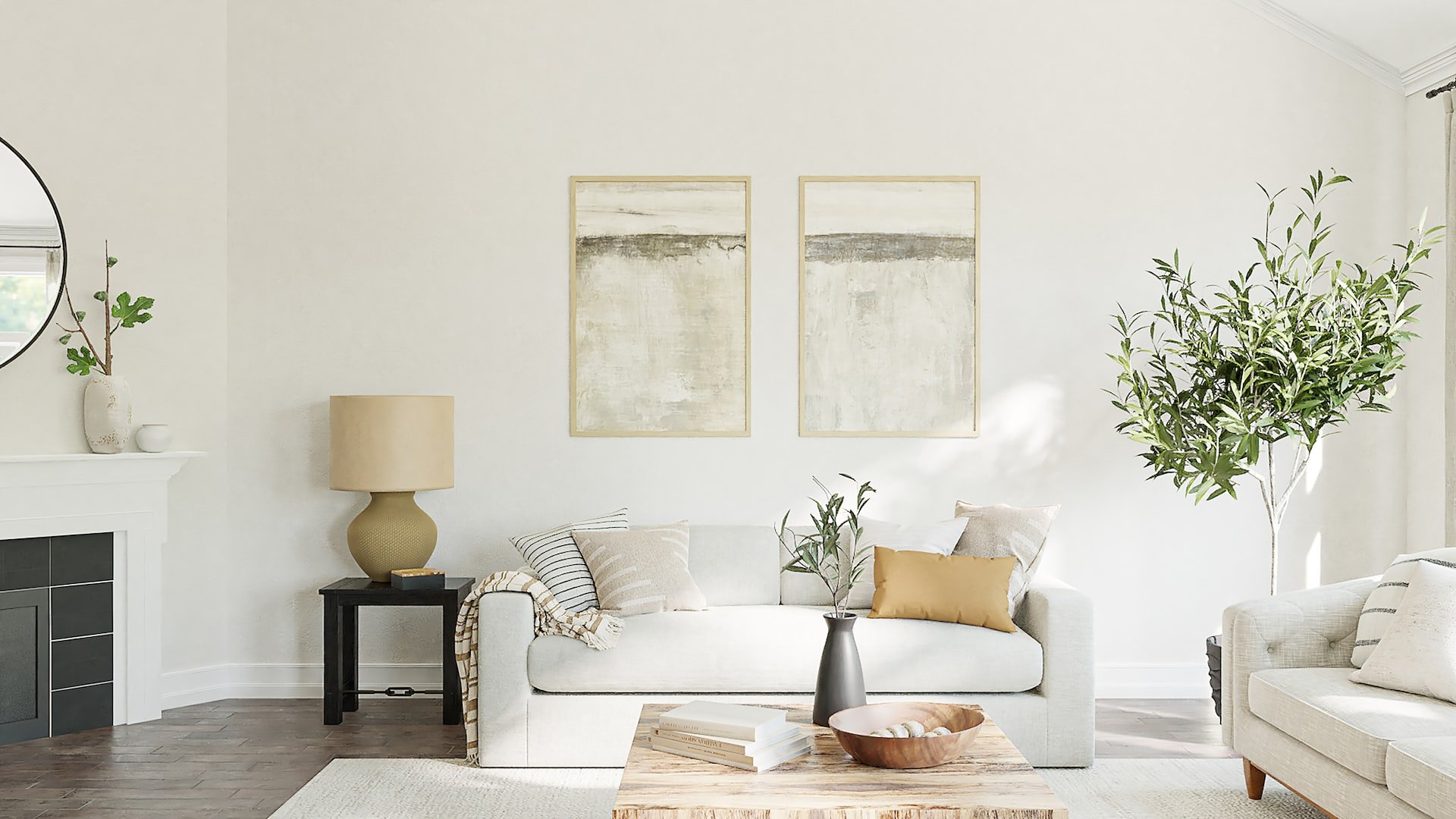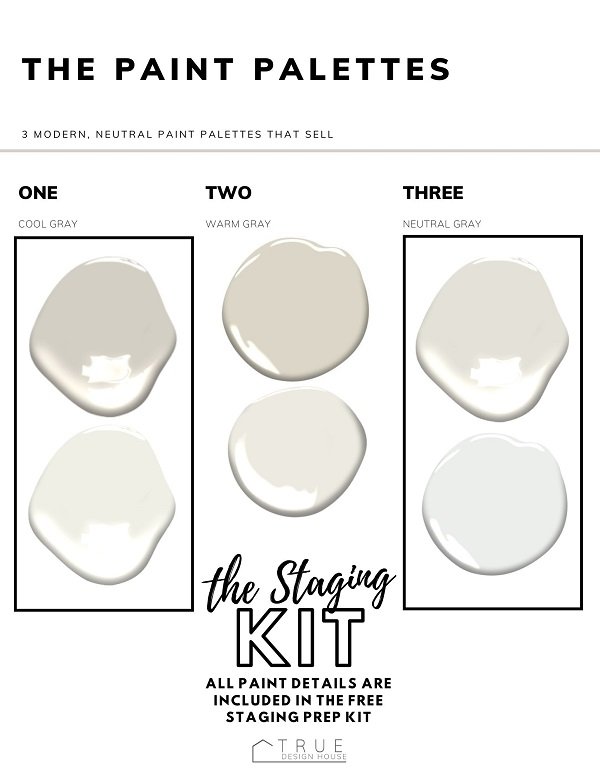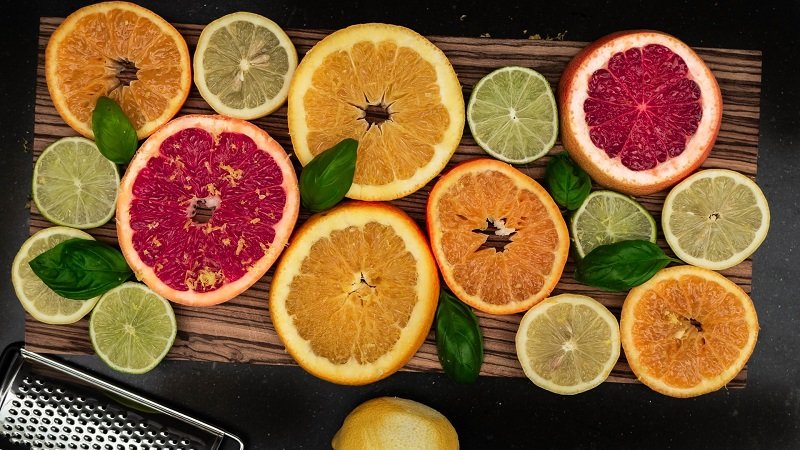Part 1: A new kitchen with your old oak cabinets?
I have seen many clients with oak cabinets that are reluctantly considering a full renovation. I say ‘reluctantly’ because what they really want and what they are really excited about, is a fresh new look in a kitchen that has good bones but just feels outdated.
What they really don’t want is the increased expense, timeline, and disruption of replacing the cabinets.
Sometimes they ask me, hopefully, ‘are honey oak cabinets coming back in style?’ This is when I know they don’t really want to replace their cabinets if they don’t have to. The complicated answer: sort of. The easy answer: it doesn’t really matter.
Yes, oak is coming back into style, but it is a paler, softer tone and, in cabinets, the details are much more modern than what we see in older honey oak cabinets: a straight shaker or slab doors, rather than a cathedral-top shape and a pale color instead of a more golden amber finish, which is often just the yellowing of the clear top coat over time.
For most people reading this, though, that almost doesn’t matter.
If you are building from scratch or have already committed to a full kitchen renovation that includes replacing or your honey oak cabinets, then that is that. Go on and enjoy your fabulous new kitchen!
For the rest of us, though, if you can’t or don’t want to do that, if you are searching online for things like ‘can honey oak cabinets be stained lighter’ or ‘will honey oak cabinets come back in style’, then you are looking for some help to make the best of what you have and you are in the right place, because we can work with it and, yes, it can look great.
There are some very practical reasons to create a kitchen design that includes your existing oak cabinets and I’m here to give you a breakdown of what I most commonly see with clients. I have lots of years of experience as an interior designer and 5 of them were spent focusing solely on kitchen design a few days a week.
There are some compelling reasons to consider when deciding if you can create the kitchen of your dreams (or even just a kitchen you are happy with for now) without replacing the existing honey oak cabinets.
It is not only possible, but just as beautiful and even often preferable to just work with the cabinets you have and change everything else around them.
Read on to hear 4 reasons why!
Timeline
Choosing to include new cabinets in your kitchen renovation can take 3-4 months (or much, much longer). Here are some factors that contribute to that:
Lead times: since cabinets are always custom built (even box store cabinets in standard sizes and a standard finish need to be built to order) this can take anywhere from 6 – 12 weeks (and can swing wildly longer at times). During the time you are working with your cabinet supplier and up until you place your order, this timeline fluctuates greatly depending on many factors (how busy the factories are, availability of materials, custom or upgraded finishes, delivery schedules).
Delays: even once the order is placed, delays are also very common in cabinet orders. Often on the scheduled delivery date the cabinets would just… not arrive and an email would come to say they would be on the next possible delivery. This leaves everyone from the homeowner to the installers standing with empty hands & pulling out their hair trying to reschedule their week.
Domino effect on the timeline: Many things in the construction timeline must wait until the cabinets are installed. Once the cabinets arrive, installation takes 3-5 days for the average kitchen. Only then can you get the counters & backsplash installed (another 1-2 weeks for completion), take care of trim work, have the paint touched up, move appliances in and have the plumbing hooked up.
If you choose to just work with your existing cabinets that timeline is often just 3-4 weeks (most of this depends on installer / contractor availability).
By working with the existing cabinets, all the other details of a kitchen renovation (counters, backsplash tile, lighting, flooring, even appliances) can be often be ordered or purchased locally and installed within a few weeks.
This is not to say that there aren’t items that can take longer to get in for various reasons, but it is possible and likely to find that most things are just in stock and available. Even if your first choice has a 6 month wait, there are lots of other options you can take instead. If you are lucky or easy-going, many of these things can just be purchased from stock at a big-box store the same day.
Expense
This can vary so much depending on everything from the square footage of the kitchen, the amount of cabinetry, the details inside each cabinet (each drawer, sliding shelf, pull-out organizer, etc, has an added cost), the wood species and finish of the doors (paint is often more expensive than stain, darker paints and stains are more expensive than lighter). There is a complex matrix of pricing with every cabinet manufacturer and there are almost infinite variables.
What I do know is that just not replacing your cabinets eliminates this entire line item in the budget. In most average sized, family-style kitchens, the cabinets are 30-50% of the total renovation cost. This percentage would be much smaller in a kitchen with more expensive flooring and counters or lots of electrical work, and much bigger in a kitchen where everything else was simple and the cabinets themselves were a higher grade wood and every accessory and detail was included in the cabinets.
Regardless, most people are surprised to see how expensive cabinets actually are!
Disruption
I hinted at this when talking about timelines, but it is worth pointing out on its own: removing your cabinets is a disruption and it’s a disruption for a good long while.
When you replace the cabinets you often change the entire layout of the kitchen and the footprint of the flooring, so this means more than just a simple cabinet swap in a few days. Replacing cabinets means you are without cabinets and running water in the kitchen, as well as having things like your fridge and pantry items sitting in the living room, for at least a few weeks.
Instead, if you are using the existing cabinets in your kitchen renovation, you are without cabinets for a day or two, then maybe 7-10 days more for the counters to be installed. During this time while you are waiting for your new counters, you can lay plywood over sections of the counter and at least have a semi-functioning kitchen and a place to make sandwiches and coffee. Even without running water, this is a huge improvement over the other option. The sink can be installed & plumbing can be hooked back up right after counters are installed, often on the same day.
Warranty & Waiting
When it comes to new cabinets, there will often be something that arrives imperfect and needs to be repaired or replaced by the warranty.
The main problems I see with custom built cabinetry (again, even generic cabinets from a big box store are custom built and finished for each kitchen) is that if there are issues with anything, the replacement will need to be reordered (which means waiting for it to be built & shipped to you). Common things I have seen: the wrong size cabinet sent, a random door in the wrong color, an imperfection in the stain or paint.
If an issue arises, your cabinet supplier will make the warranty claim and then… you wait. This can take anywhere from 2 weeks to months. No matter the urgency or how efficient your supplier is in reordering and getting the correct paperwork submitted to the manufacturer, the replacement piece still needs to be custom made, finished, and shipped.
For something like a door, your renovation can carry on while you wait, but for something larger (a particular sink cabinet that was sent damaged twice (!) still haunts me) this means that counters can’t be templated, cut or installed and without counters you have no sink, no backsplash, no peace.
Part 2 coming next week: A comprehensive list of hybrid options. Lots of creative options to upgrade your existing cabinets to get the best of both worlds!
Need a little more help with the oak in your home?
Want to Pin to save for later?
Here you go!




























































